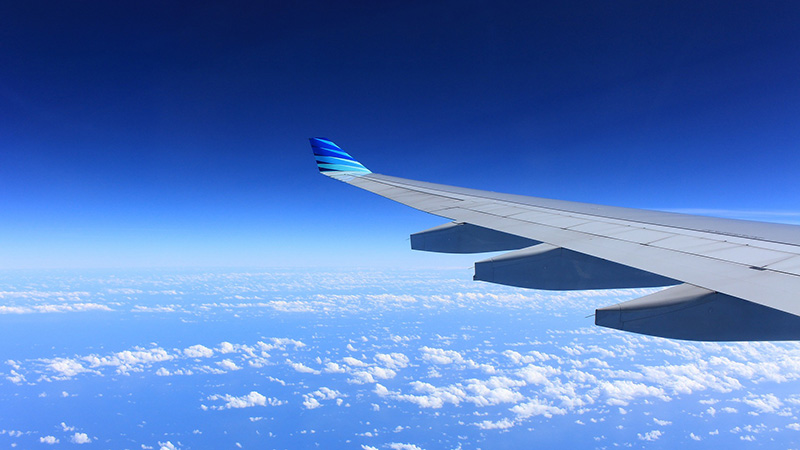Last October, many rejoiced when 190 governments reached agreement on a climate deal for international aviation, but it’s not time to sit back and relax.
Many details still need to be worked out, with transparency being one of the most important, to ensure the agreement truly helps the environment.
Countries are meeting soon to discuss the rules that will govern the agreement. These meetings are highly technical but also highly consequential. If the outcome is hiding the aviation agreement’s results from the world, we will have no way to know we are flying on course to a sustainable planet.
Without transparency, there is a risk that emission reductions credited to the aviation sector could be double-counted in the Paris Agreement, weakening overall climate ambition.
The aviation deal, which was struck at the United Nations International Civil Aviation Organisation (ICAO), aims to stabilise emissions from this sector at 2020 levels by requiring airlines to purchase reductions elsewhere in order to compensate for their growing emissions.
It is a tentative first step, and needs to be much more ambitious to make sure that aviation plays its role in addressing climate change. But it’s an important development, and one which would not have occurred without years of persistent European leadership and engagement.
Weekly briefing: Sign up for your essential climate news update
Establishing effective carbon markets is no easy feat, especially one where airlines purchase emission reductions from other sectors. To put it simply – how can you be sure these reductions are not also being counted toward other climate targets? Moreover, some “offset credits” have been shown not to represent real emission reductions. How can you be sure that the credits airlines buy meet minimum quality standards?
Transparency must be the overriding principle to address these concerns. Consumers who fly, and therefore pay for these offsets, need to know whether their airline is complying with international rules; whether the emission reductions promised are actually delivered; and whether those same emission reductions have been pledged to anyone else.
This level of transparency can be achieved if each airline is required to disclose its total emissions each year, and document that it is meeting its goals under the agreement. All programs that supply emission reductions to the airlines must provide assurances that these reductions aren’t being claimed by anyone else.
Europe has plenty of experience with these systems. Much of my time as Europe’s climate commissioner was spent trying to make Europe’s carbon market work better. Europe was the largest purchaser of offsets and we learned from experience that strict rules are needed to make sure every emitter reports its emissions, and to prevent, detect, and punish fraud, including keeping out offsets from environmentally harmful projects and those that in fact delivered no emission reductions. It is impossible to see this aviation agreement work effectively without similar levels of transparency.
Aviation officials implementing the new agreement don’t have to start from scratch. They can learn from Europe’s experience that transparency is integral to success, including an open decision making process, opportunity for public comment, and clarity that rules are being followed and enforced. The International Coalition for Sustainable Aviation, an NGO network working on this issue, has prepared best practices for transparency that offers a roadmap for an effective aviation carbon market.
Europe is not the only carbon market that relies on transparency for success. Global and state efforts like the Kyoto Protocol and California Cap and Trade are other examples of where transparency has played a central role in establishing and improving carbon markets. With so many markets operating with transparency, there is no excuse for the international aviation community not to do the same.
Connie Hedegaard is a former European Commissioner for Climate Action and currently serves as Chairwoman of the KR Foundation
